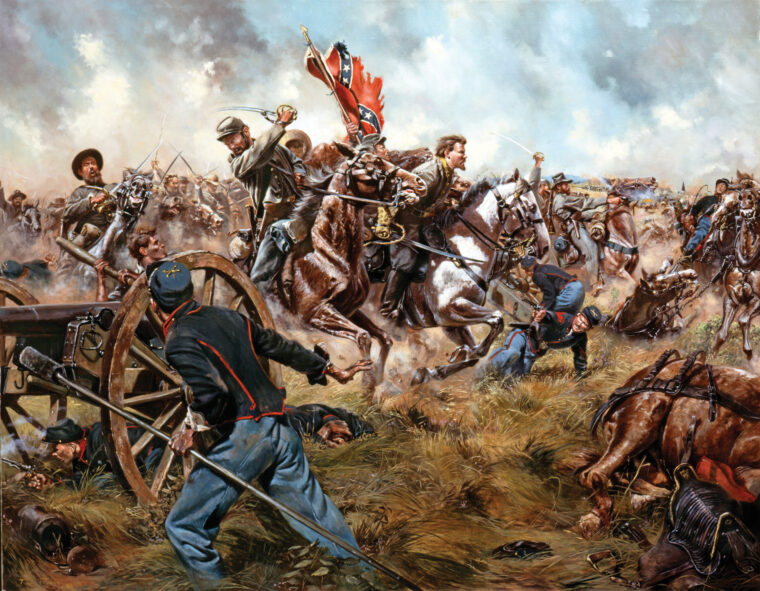
Latest Posts
Brandy Station: The Largest American Civil War Cavalry Battle
By David A. NorrisMajor Henry B. McClellan should have had a quiet afternoon. At dawn on June 9, 1863, Union cavalry had launched a surprise attack on Maj. Read more
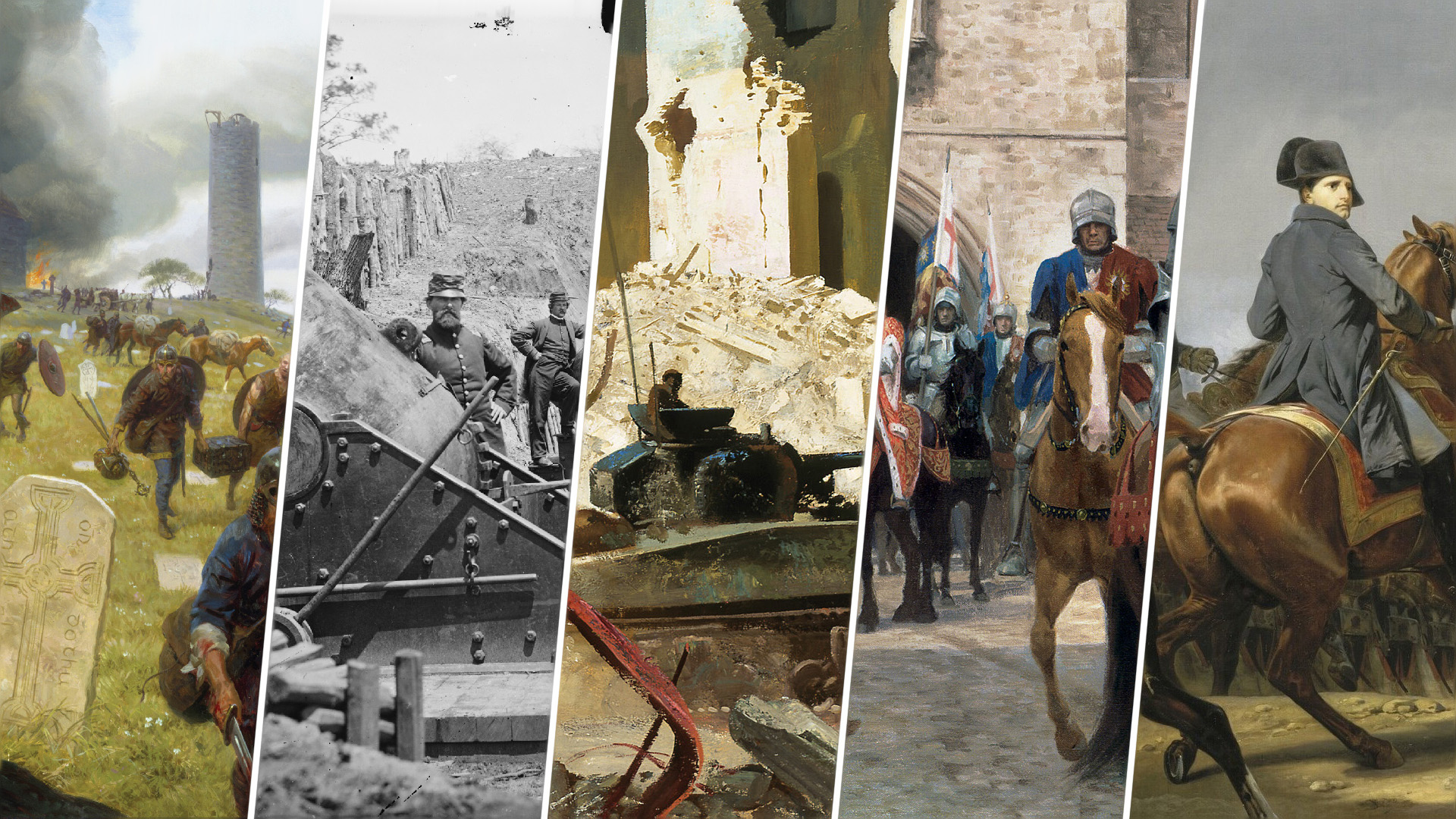

Latest Posts
Major Henry B. McClellan should have had a quiet afternoon. At dawn on June 9, 1863, Union cavalry had launched a surprise attack on Maj. Read more
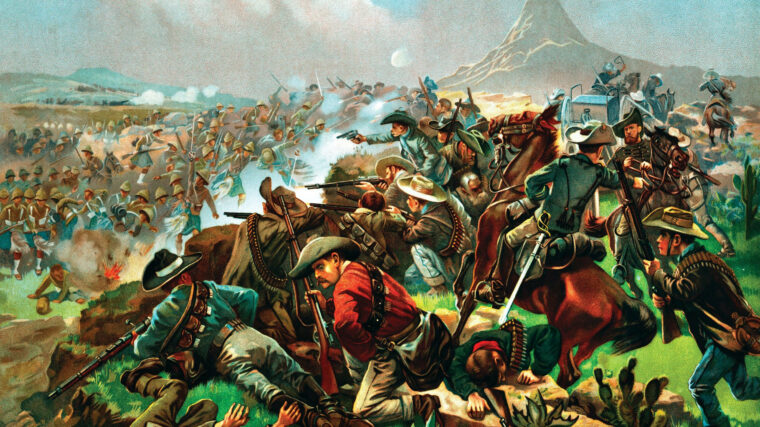
Latest Posts
It is not always the actions of the brave and mighty that determine a battle’s outcome—victory or defeat can hinge on the most mundane of events. Read more
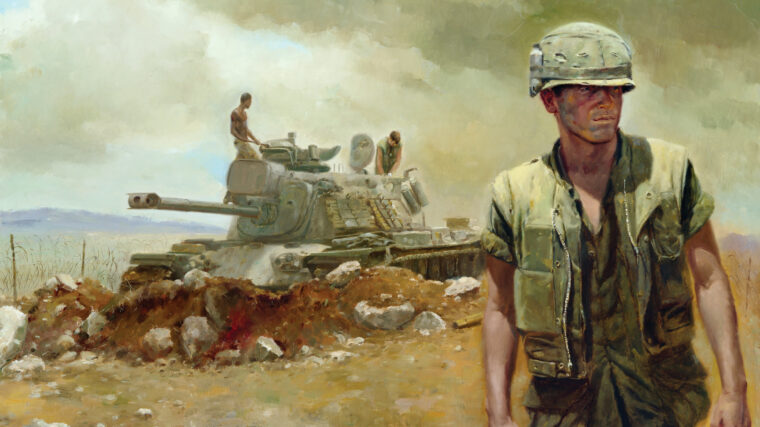
Latest Posts
As the sun rose on May 8, 1967, it illuminated the 525-foot-high hill known as Con Thien where the Marine Corps had established a firebase two miles south of the Demilitarized Zone in South Vietnam. Read more
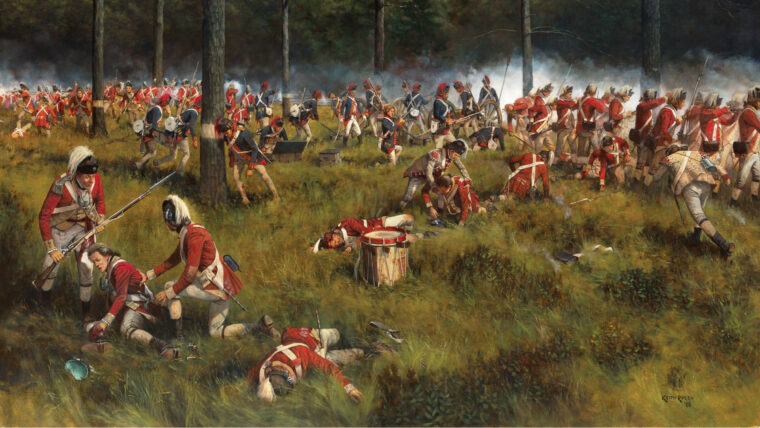
Latest Posts
Four months earlier Major General John Burgoyne had left Canada with a large army. He intended to deliver a fatal blow to the colonial revolt that had begun on April 19, 1775. Read more
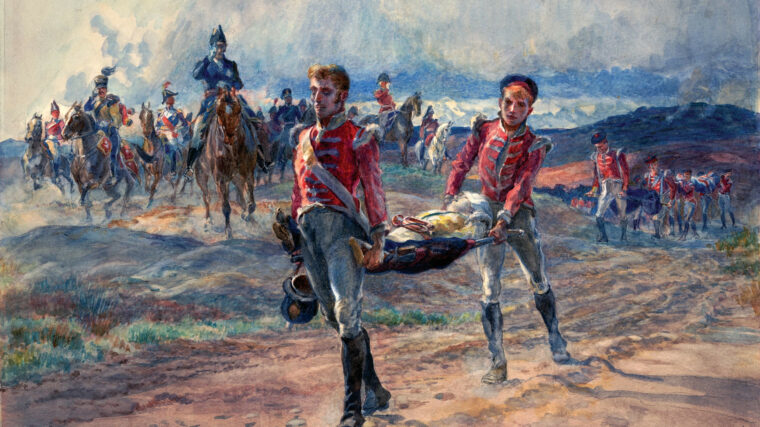
Latest Posts
Ignoring the scorching summer heat, Lieutenant General Sir Arthur Wellesley climbed one of the towers on the ruined estate of Casa de Salinas 80 miles southwest of Madrid, Spain, to survey the surrounding countryside. Read more
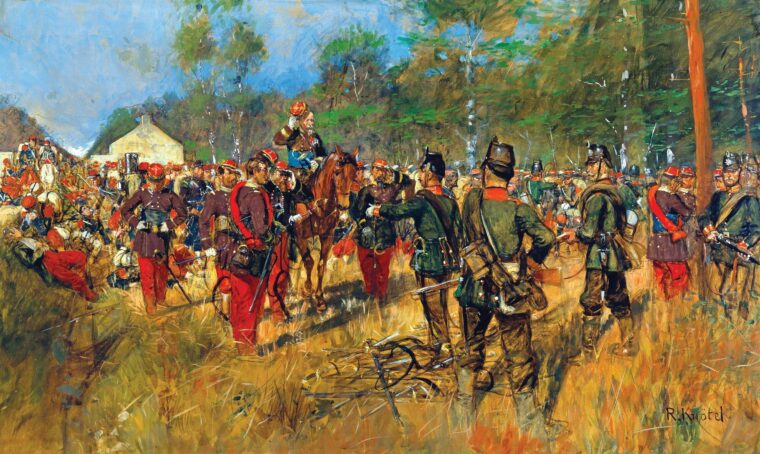
Latest Posts
Driven and energetic in his youth, by the late 1860s French Emperor Napoleon III was a shadow of his former self. Read more
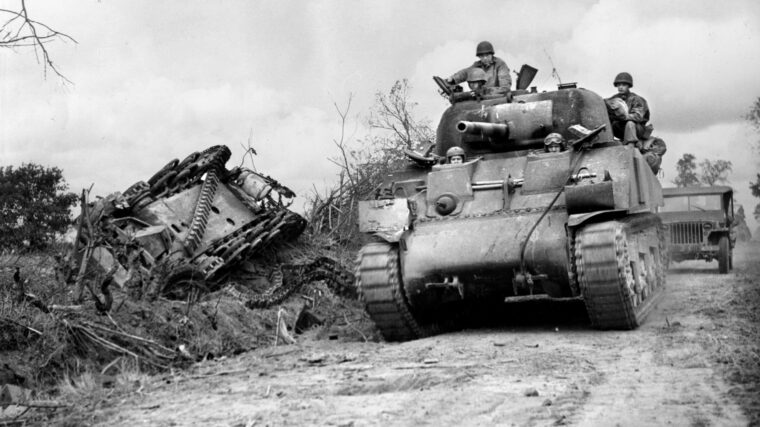
Latest Posts
German panzergrenadiers surrounded Hill 314 just east of Mortain in Normandy on August 7, 1944, trapping several companies of the 2nd Battalion of the U.S. Read more
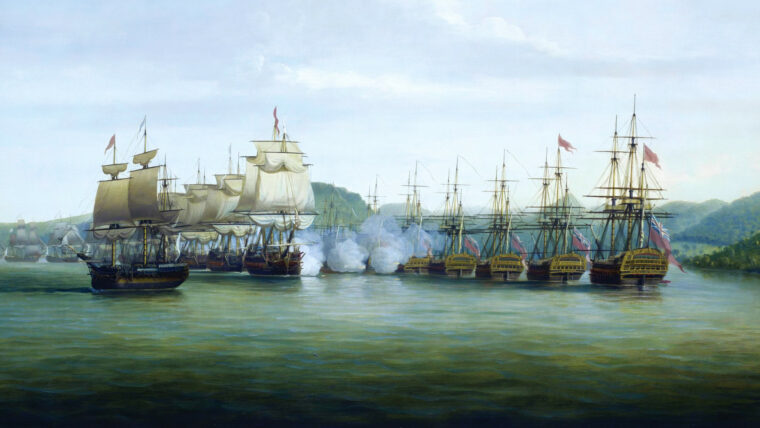
Latest Posts
In one of those ironic twists of history, French Vice Admiral Count Charles Henri Hector d’Estaing, who led the first French fleet to North America in 1778 to assist the Americans during their revolt against the British crown, never met George Washington. Read more
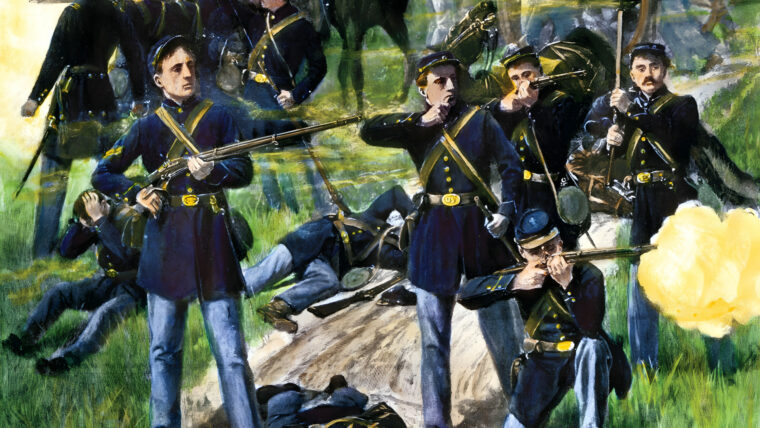
Latest Posts
The series of battles that constituted the Confederate offensive against the Union army on the eastern outskirts of Richmond, Virginia, in summer 1862 would thrust a number of Union officers into the limelight. Read more
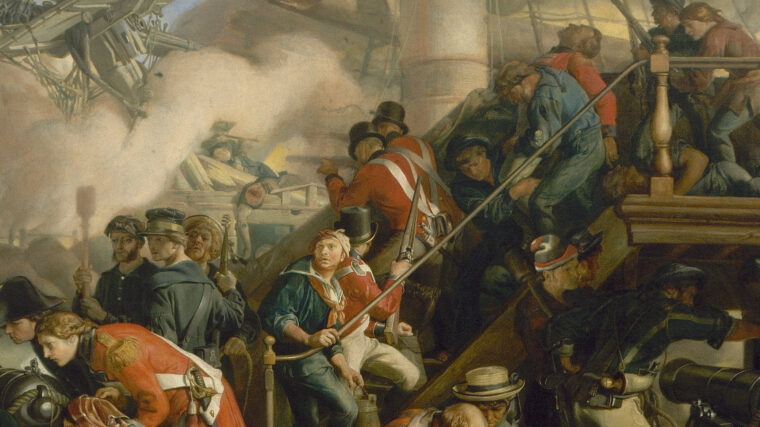
Latest Posts
After nearly 150 years of service to the British crown, the Royal Marines had upwards of 31,000 marines worldwide at the time of the War of 1812, which constituted about 13 percent of the 240,000 British troops under arms around the globe at that time. Read more
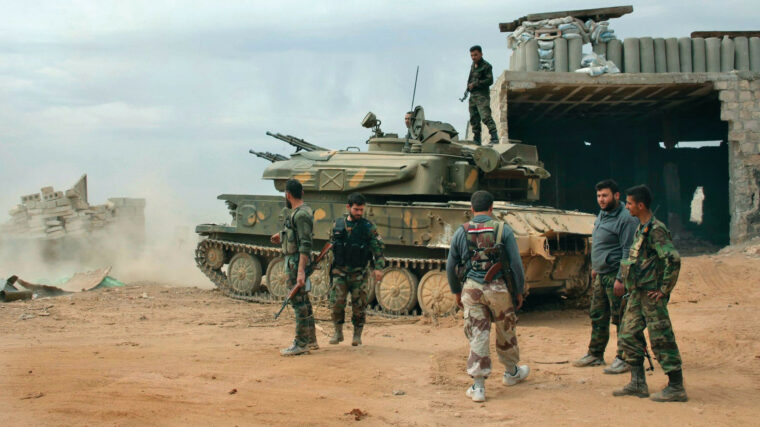
Latest Posts
Soviet forces occupying Afghanistan in March 1986 during the Soviet-Afghan War sought to annihilate a large force of Afghan Mujahedeen fighters that had sheltered in Xadigar Canyon in Kandahar Province. Read more
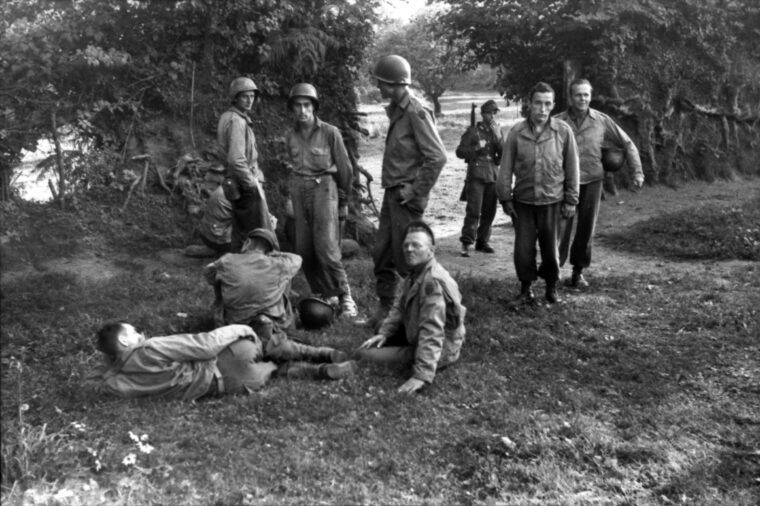
Latest Posts
The large number of Allied prisoners being funneled south to Rennes, France, following the D-Day invasion swelled the German transit camp to capacity so the decision was made to transport the men to permanent locations inside Germany. Read more
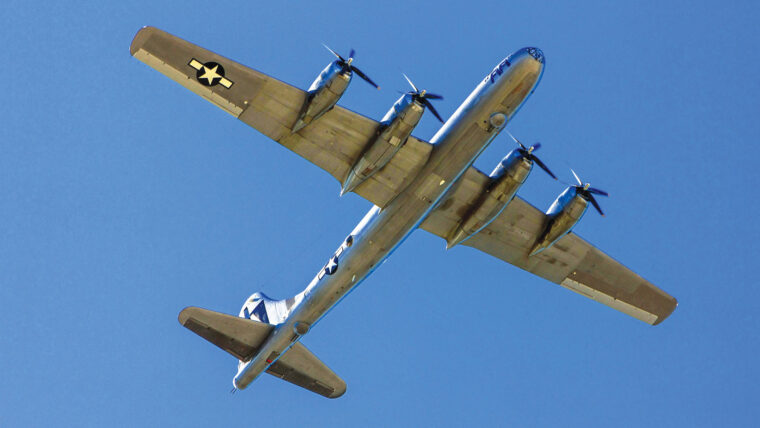
Latest Posts
By Nathan N. Prefer
Despite his nickname, General Henry Harley (“Hap”) Arnold was unhappy. In early 1945 he was having major problems with one of his own special projects, the development of the Boeing B-29 Superfortress strategic bomber, for which he had often risked his career. Read more
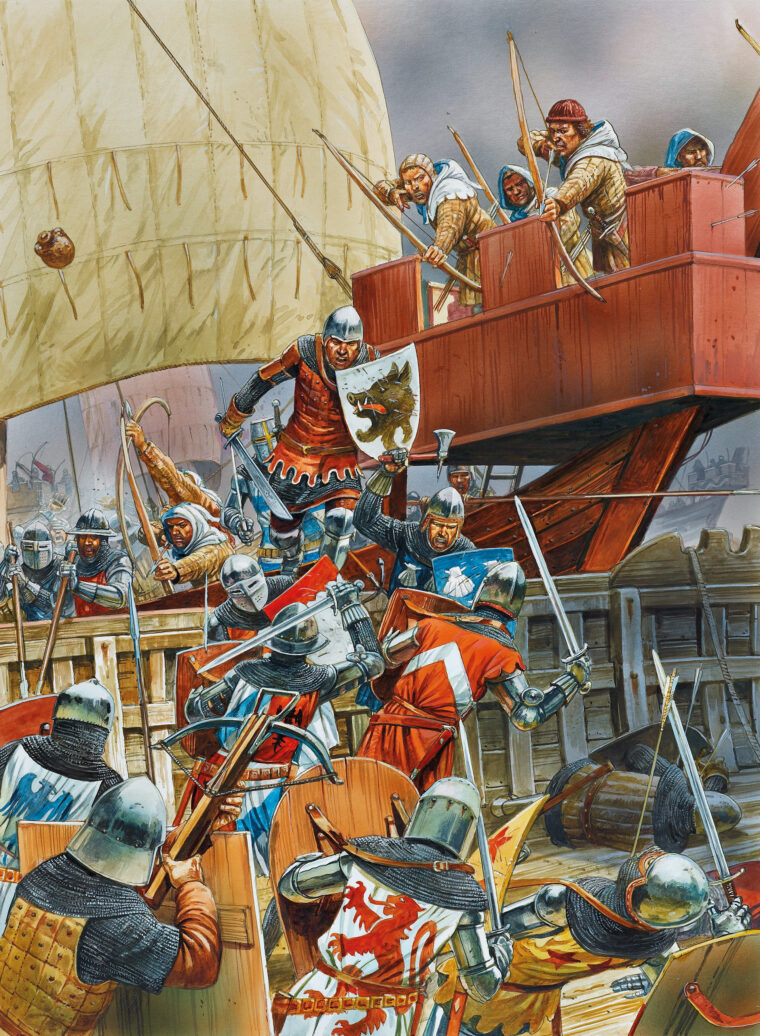
Latest Posts
It was late afternoon on June 24, 1340, when the English fleet arrived off the Flanders coast, just short of the Zwin estuary, reputed to be the finest harbor in Europe. Read more
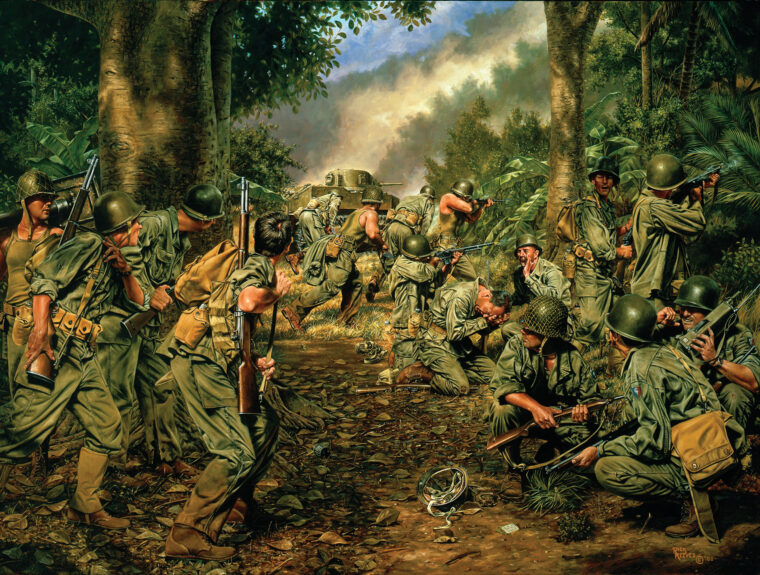
Latest Posts
Shortly after the attack on Pearl Harbor, the Japanese caught the United States Army Air Forces units in the Philippines on the ground late on December 8. Read more
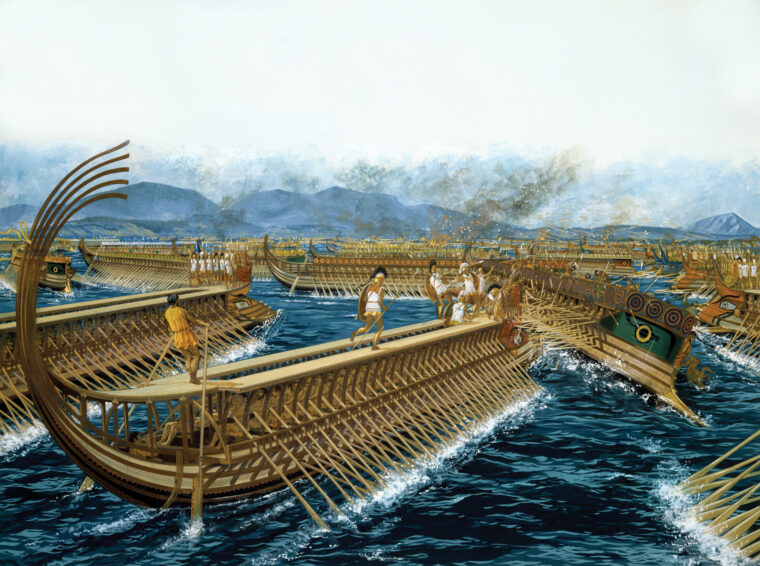
Latest Posts
As the sun rose shortly after dawn on a morning in late September 480 BC, 170 rowers densely packed on three tiers within an Athenian warship strenuously pushed their oars to propel their vessel forward as fast as possible. Read more
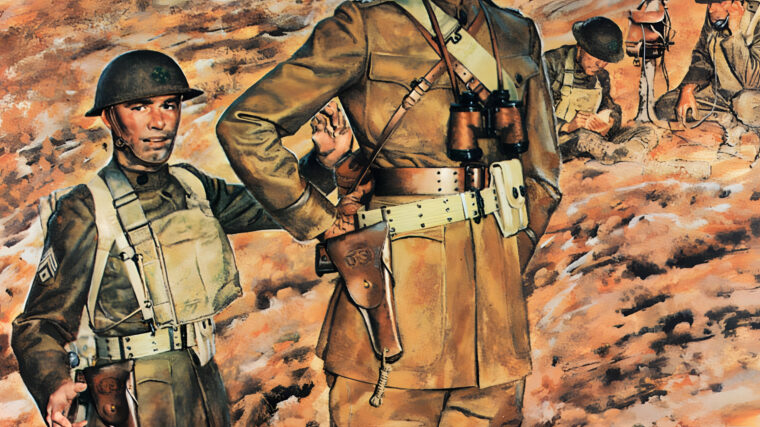
Latest Posts
The American combat soldier today looks quite a bit different from his ancestor of 100 years ago. Besides the style of uniform, which now features a digital camouflage pattern to blend into desert surroundings, the fabrics today are far more breathable than the heavy wool that was worn when American soldiers went “Over There” in World War I. Read more
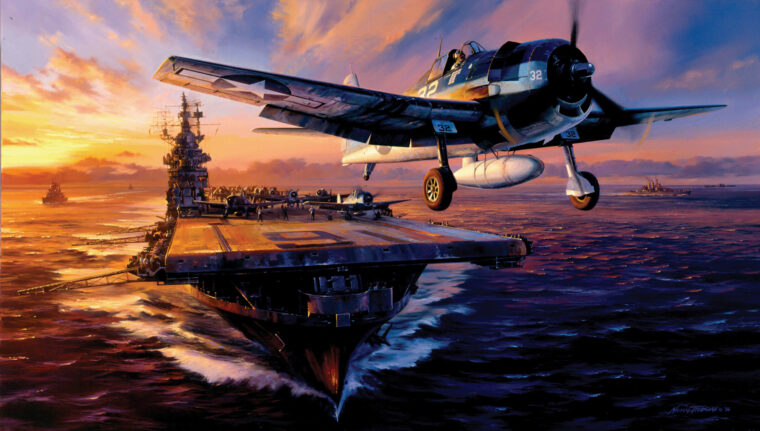
Latest Posts
The Philippine Sea encompasses two million square miles of the western part of the Pacific Ocean. It is bounded by the Philippine Islands on the west, the Mariana Islands on the east, the Caroline Islands to the south, and the Japanese Islands to the north. Read more
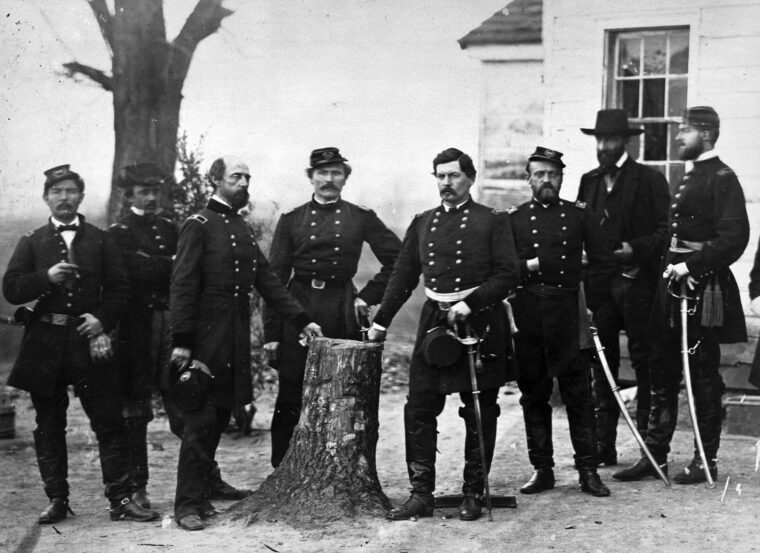
Latest Posts
After an almost uninterrupted, four-month-long string of Union successes beginning in early 1862, followed by the advance of a 100,000-man enemy army to the eastern outskirts of its capital at Richmond, Virginia, the Confederacy suddenly found itself in a life-or-death struggle for its very survival. Read more
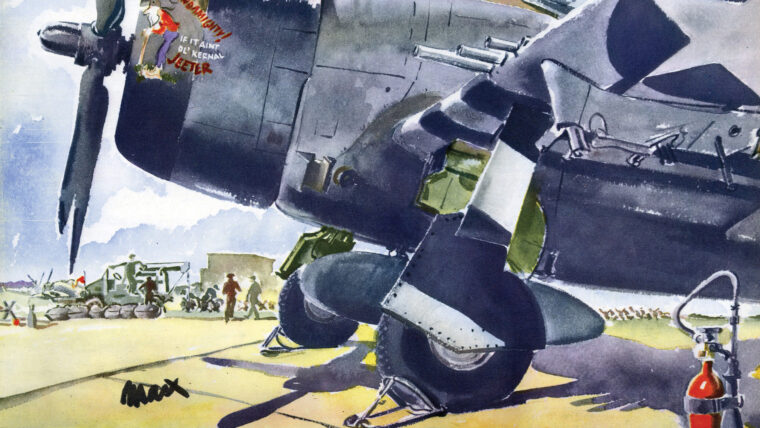
Latest Posts
The Ninth Air Force officially arrived in England when General Lewis H. Brereton set up his headquarters in Sunninghill Park, Berkshire, on October 16, 1943. Read more